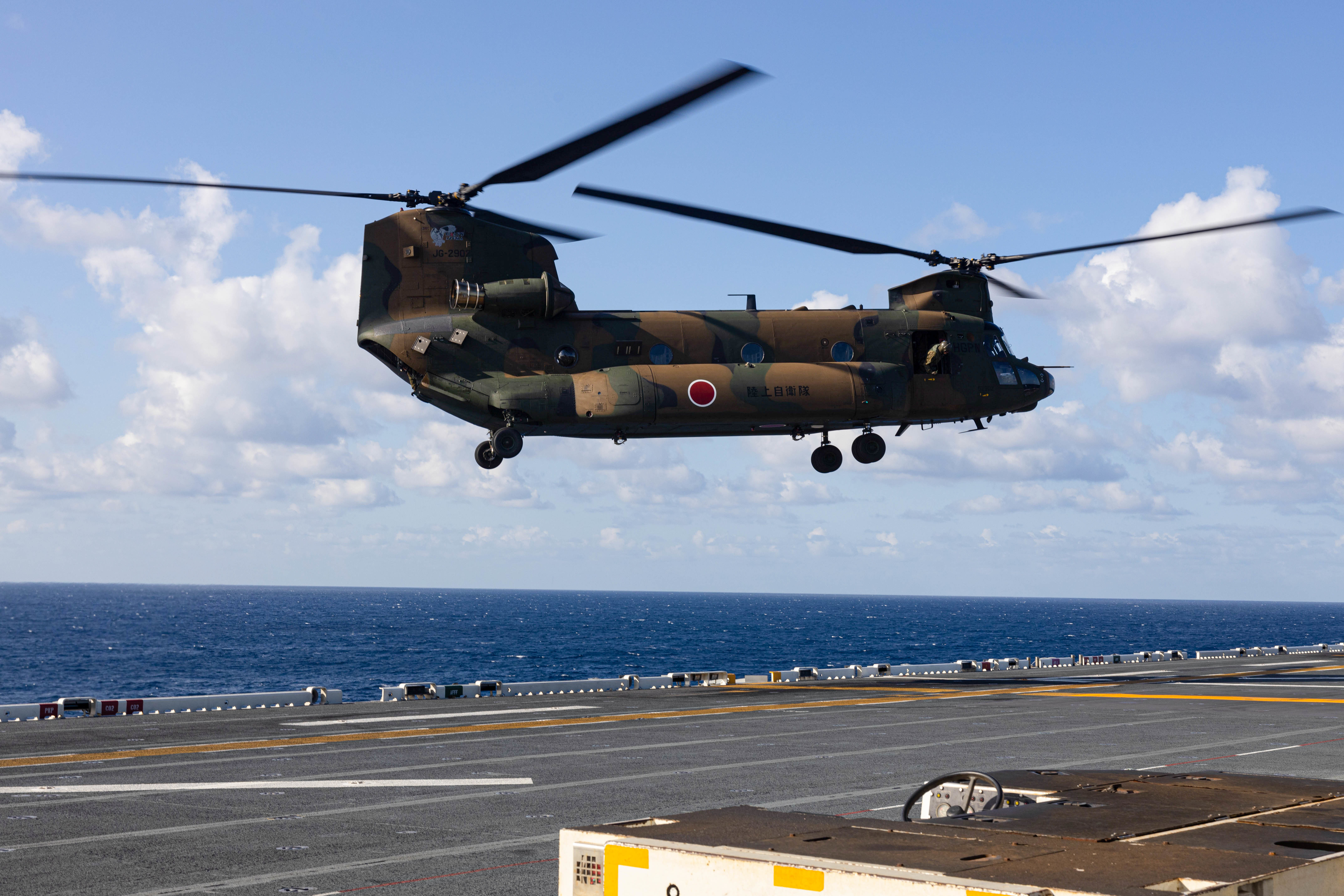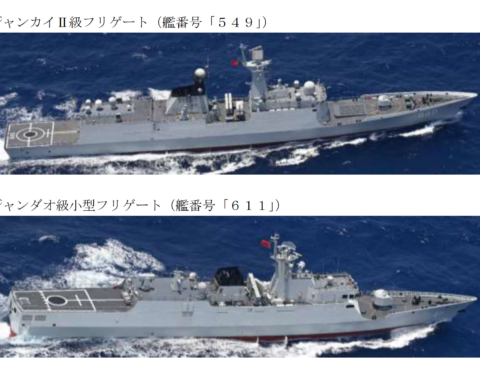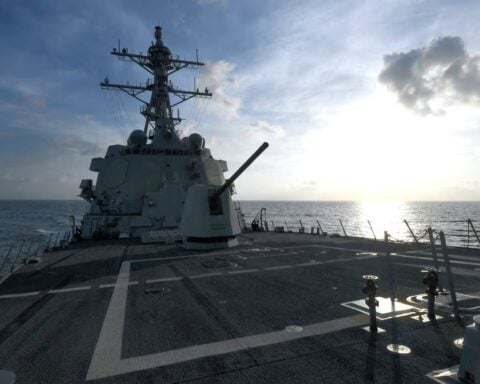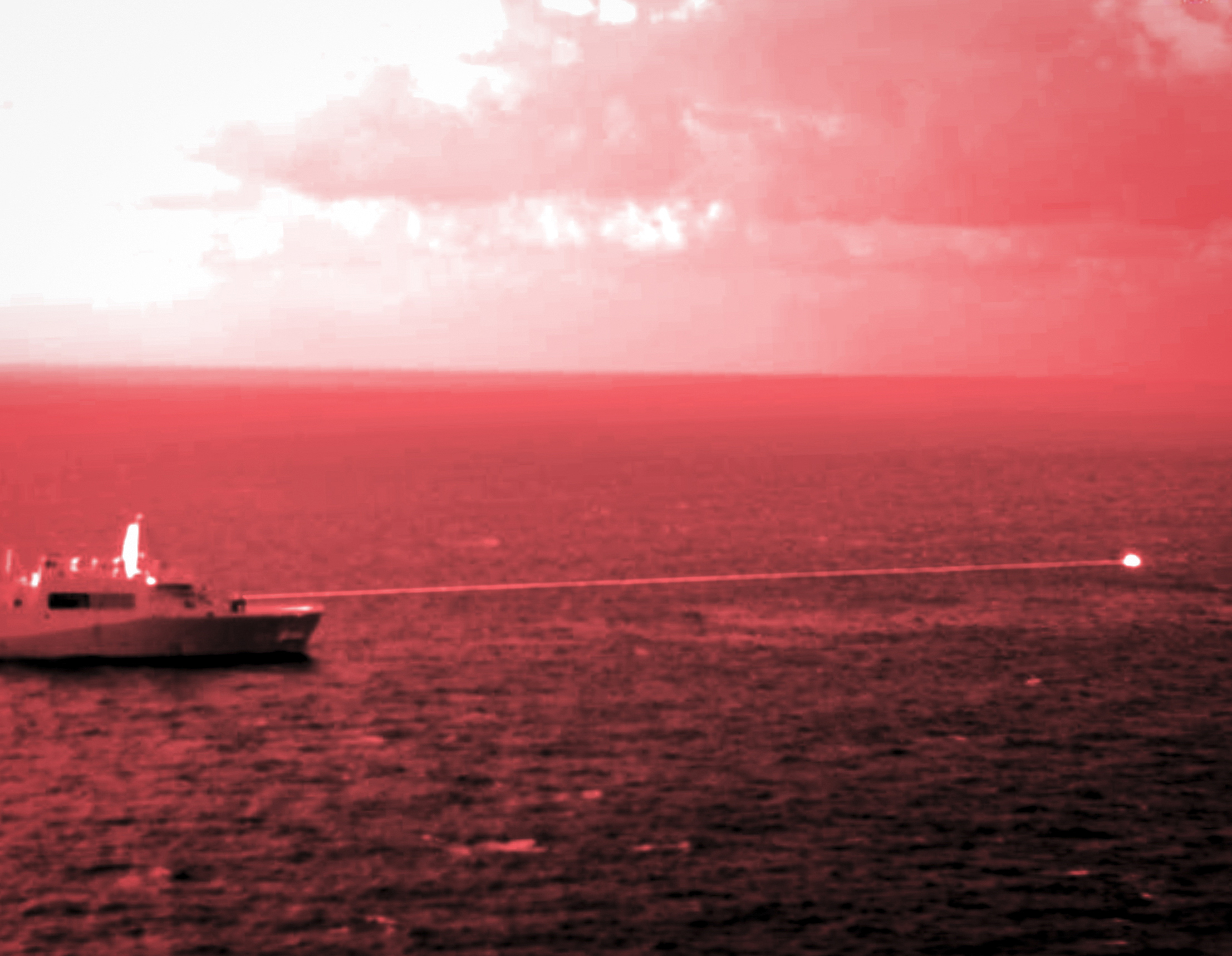
Japan’s toughest hurdle, as it launches an unprecedented military modernization program and doubles defense spending, is the operational readiness of its air, naval and land forces, a former chief of the Japan Self-Defense Forces said Thursday.
Japan is “running out of maintenance capabilities” and stockpiles of fuel and ammunition for a protracted conflict, retired Adm. Katsutoshi Kawano said in response to questions from USNI News during an online forum hosted by a Korean-American security policy group.
Kawano pointed to the demands placed on repair and stockpiles to defend Ukraine following Russia’s invasion a little more than a year ago.
By spending defense funds on tanks, submarines and aircraft, Tokyo “did not have enough to invest” in ammunition and fuel, Kawano said. He welcomed the increase in security spending to 2 percent of gross domestic product, a NATO-set standard, because it allows more funds to go to its coast guard, intelligence integration with allies and rebuilding war stocks.
“Long-range missiles alone will not be sufficient,” Kawano said.
Japan needs precise information on targeting and damage assessment from integrated sources. Later, he added that the reorganization of the JSDF’s command structure and headquarters will make coordination with U.S. Indo-Pacific Command more efficient in emergencies. Japan’s new joint command is expected to be operational in 2024.
The reorganization also allows closer cooperation between Japan’s naval and coast guard when dealing with China’s People’s Armed Forces Maritime Militia operating in disputed waters, Yasuyo Sakata, a professor at Kanda University of International Studies, said at a Stimson Center forum earlier Thursday.
Japan is considering buying Tomahawk cruise missiles to field the counter-strike capability more quickly than producing its own intermediate range missiles. Since the Japanese have never had these weapons before, “the [J]SDF will need many kinds of exercises and experiences” to become proficient in their operation, Hosei University’s Madaka Fukuda said at the Stimson forum.
Kawano identified the period between 2024 and 2027 as the most “dangerous window of crisis” over Taiwan’s future as a self-governing democracy. Pointing to Beijing’s crackdown on dissent in Hong Kong and its increased pressure on the Senkaku Islands that are close to Taiwan, he said these missiles can provide another layer of defense. “For the first time” they allow the Japanese Self-Defense Forces “to attack enemy territory.”
Kawano said President Joe Biden’s clear statements on how the United States would respond to a Chinese military attack on Taiwan clears up any “misunderstanding” of what Washington would do in that scenario. He added that Japan would be a logistical base for U.S. operations and could get drawn more deeply into the conflict if circumstances change. The shallow waters around Taiwan do not require Japan’s advanced anti-submarine warfare skills, but Japan “can contribute to the defense of Guam with ASW capabilities,” Kawano said.
“Close cooperation with the United States is essential,” he said multiple times during the 90-minute forum. In light of Russia’s threat to use nuclear missiles in Ukraine, “Japan has to re-think its nuclear policy to deter,” Kawano said. This could include stationing U.S. nuclear weapons in Japan. He added that any change in stationing remains “a high barrier” politically. Kawano said Tokyo would retain veto power over Japanese-based nuclear weapon use.
While Japan’s announcement that it will field the counter-strike missile capability has garnered a lot of attention, Kawano, who served as the head of the JSDF, said the military is facing “a very serious problem of recruiting” that could have an impact on Tokyo’s ability to react to a crisis. He identified the recruiting problem as twofold: the pool of potential enlistees and officers is shrinking and fewer are interested in serving.
About 250,000 Japanese are serving in the all-volunteer JSDF now. The pool of 18- to 26-year-olds, the prime recruiting pool, has dropped from more than 17 million in 1994 to 10.5 million now. The Japan Maritime Self-Defense Force is about 2,000 short of its authorized end-strength of 45,307.
“Japan is an island,” and as “a maritime country, it should invest in naval and air capability,” Kawano said. He said Japan’s security concentration is on the East China Sea, which would includes the Korean Peninsula and mainland China.
“The current security environment is becoming ever more challenging” since Tokyo is now facing potentially three nuclear-armed adversaries: China, North Korea and Russia, he said. North Korea performed another intercontinental missile test shortly before Kawano spoke and South Korea’s president met with Japan’s prime minister for a summit. The missile firing occurred as the U.S. and South Korea were concluding the largest military exercise in five years that the two nations plan to expand.
At the Stimson Center event, Sakata said Japan now “sees a very tough neighborhood in Northeast Asia.”
One of the goals in the meeting between South Korean President Yoon Suk Yeol and Japanese Prime Minister Fumio Kishida was to re-establish closer security ties between Seoul and Tokyo. The two U.S. allies broke off sharing intelligence data during a trade dispute in the late 1990s that had its roots in the Japanese colonial occupation of the peninsula in the first half of the 20th century.
Japan’s new security strategy “acknowledged South Korea as an Indo-Pacific security partner,” Sakata said.
Earlier this year, U.S. Chief of Naval Operations Adm. Michael Gilday, speaking to the same security group as Kawano, said it’s “no longer a luxury, but a necessity” that the three nations work together to meet the security challenges posed by North Korea, China and Russia.





